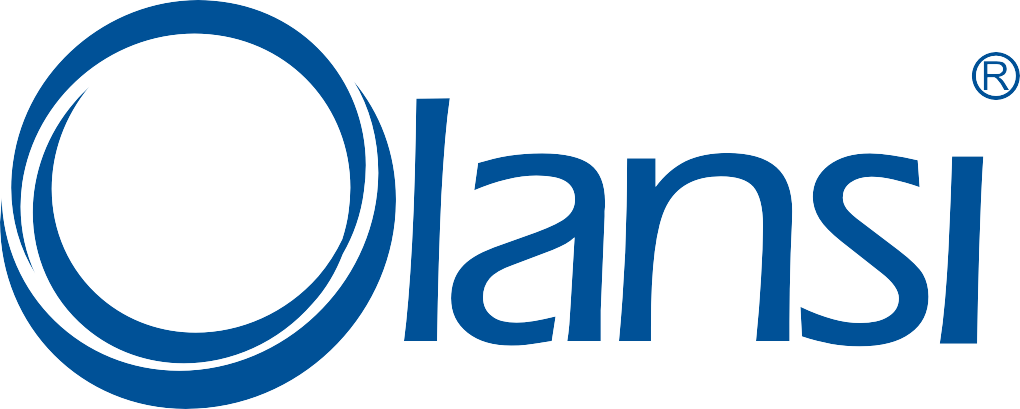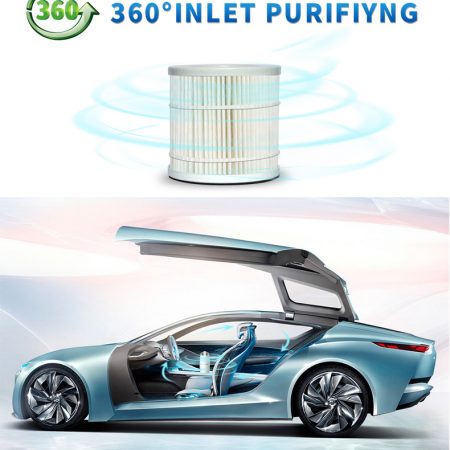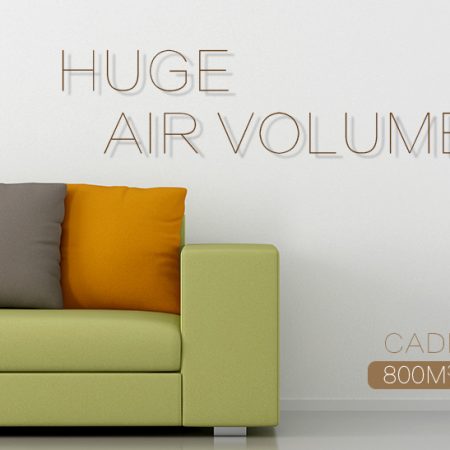Five misunderstandings about air purifiers
The U.S. Department of Environmental Protection conducted a survey on human activity patterns. People spend 87% of their time indoors and 7% of their time outdoors. Is our air really healthy if we stay indoors for a long time?
The answer is of course no, you think, as large as harmful pollutants, inhalable particulate matter, as small as PM2.5, dust particles, cigarette smoke, flower fragrance, pet hair, dander, and even new coronavirus, bacteria, formaldehyde, benzene, Sulfur dioxide and so on.
These timed scams are lying around us all the time. In the face of this kind of air, can we feel at ease? Even if you close the door tightly, these harmful gases cannot be blocked, because the room will still be in contact with the outside world, and the harmful gases cannot be withstood.
So buying an air purifier to reduce the harm of harmful gases around is a good solution! But many people have misunderstandings about air purifiers.
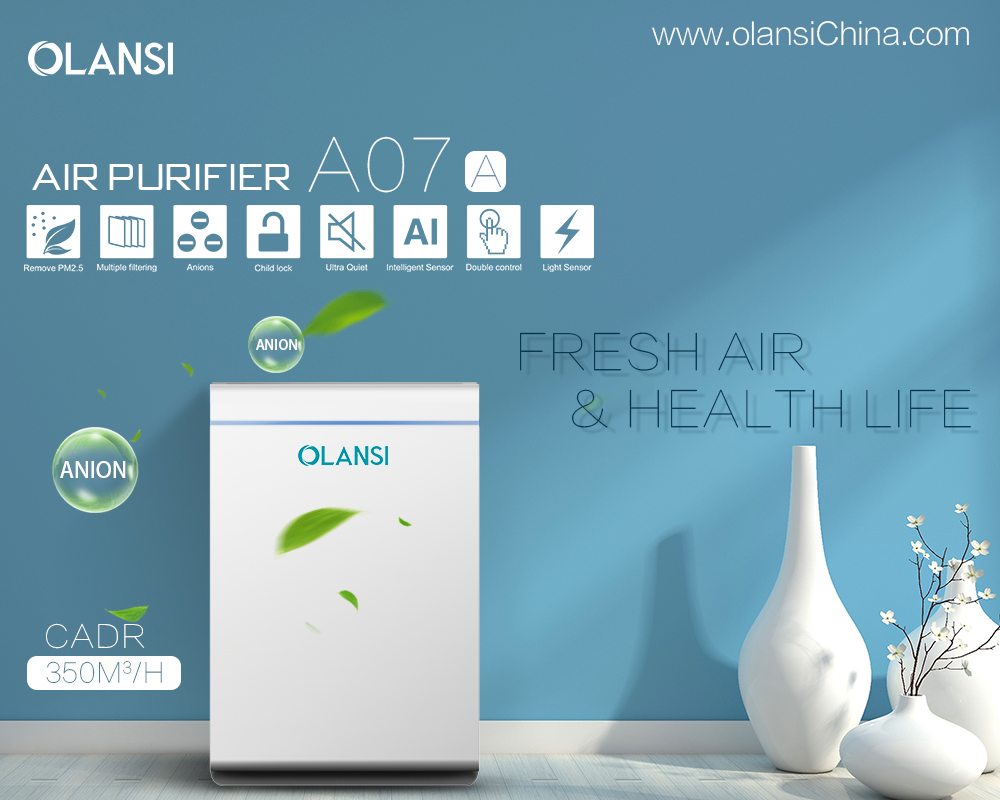
Misunderstanding 1: Isn’t an air purifier just a sieve? Why is it so expensive?
Answer: The principle of an air purifier is not to filter, but to filter and intercept by a filter.
Air purifiers are so expensive because the price is determined by the filter, especially the HEPA filter, which costs hundreds to thousands. The reason for using HEPA is that particles like PM10 (less than 10 microns in diameter) can enter our body smoothly, and even PM2.5 (less than 2.5 microns in diameter) can enter our lungs.
Generally, a filter that can filter more than 300 nanometers can effectively intercept inhalable particles below 100 nanometers, but it is not easy to intercept 100-300 nanometers. Because their Brownian motion is not obvious under the suction of the fan, they directly follow a straight path by inertia, so they will penetrate the gap of the filter.
The HEPA filter intercepts them. Its advantage is to allow the air to pass through. In addition to the HEPA filter affecting the price, it also has the effects of negative ions, digital display, germicidal lamps and other functions.
So to judge the quality of an air purifier depends on how effective it is to intercept particles with a diameter of 100-300 microns.
Misunderstanding 2: The air purifier can purify the air 100%!

Answer: This view is also a typical misunderstanding view. The air purifier cannot completely purify the air. There are always some particles that cannot be intercepted, but it is a good advantage to be able to filter 99.99%. But when the purification speed of an air purifier is slower than the speed at which harmful external gases enter the room, the performance of this air purifier is questionable.
Misunderstanding 3: The more expensive the air purifier, the better, foreign ones are better than domestic ones, and the more filters, the better!
Answer: This is a typical point of view that is ready to be harvested. Some air purifiers are purely for marketing and do some gimmick functions to bully consumers who don’t understand.
There are also foreign air purifiers that are suitable for foreign national conditions. For example, the Blue air brand of Northern Europe and Sweden, some of its products are weaker than domestic ones in terms of filtering PM2.5 performance. That’s because the Nordic industry is small and there is no large amount of industrial waste gas, so the performance of filtering PM2.5 is not paid attention.
The price of the air purifier is mainly determined by the filter, and so is the effect. The performance has nothing to do with the quantity. Some filters do not use HEPA filters, and ten ordinary filters can’t match one HEPA filter. So the key is quality, not quantity!Only what suits you is the best.
Misunderstanding 4: Some filters are too expensive, can I just wash them without changing them?
Answer: The cost of HEPA is high, ranging from hundreds to thousands. An activated carbon filter is usually changed every 5-6 months, if it is in extreme weather like sandstorm in the north, it is changed every 3-4 months. So the high maintenance cost is also a headache, but I recommend that it be honestly and regularly replaced.
The specific filter must be replaced (something like the pre-filter does not need to be replaced at all), because the filter has been used for a long time, and the performance tends to be saturated. And the dust in the air will be attached to the filter, and if the machine activates the humidification function, it can become a breeding ground for bacteria. These bacteria can affect the health of our respiratory tract, so the replacement should not be sloppy at all.
When can the filter be replaced?
Either you change according to the cycle of the instruction manual, or check it yourself to see if the filter element turns black? Will the dust on the filter fall off if I touch it? If it is, it can be replaced.
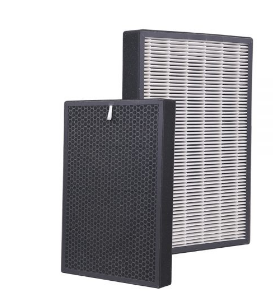
Certain filters (such as HEPA filters) cannot be washed either. The manufacturer’s filters have a lot of fibers, and it is easy to destroy these fibers after one wash. When it is used again, the purification effect will be greatly reduced. And it will also cause secondary pollution. If it causes your rhinitis or something, you have to go to the hospital. This cost is even higher.
In fact, the filter is not expensive. Assuming one filter is 200, changing two in a year is equivalent to 1.8 per day. Filters like 352 can be used for 1-1.5 years, and they are also very cheap when spread flat.
Here to share the cleaning and maintenance skills of the air purifier:
Preliminary filtration cleaning: You can wipe it with a rag, or vacuum it, or even wash it with water. There are dust and bacteria on its surface. Cleaning once a month is better!
HEPA filter: direct replacement
Activated carbon filter: direct replacement
Other filters: it can be cleaned, and it can be exposed to the sun by the way. It needs to be combined with product instructions
Negative ion generator: no need to clean
The above is the introduction of the misunderstanding about the air purifier and the introduction of the filter replacement.
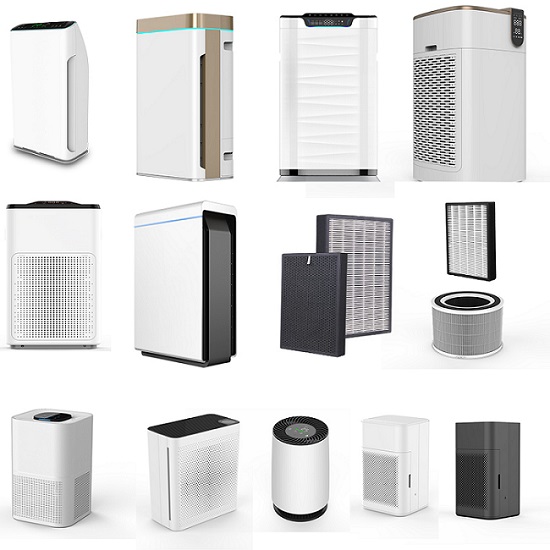
OLANSI is an air purifier manufacturer with more than 12 years of experience, with a variety of styles of household air purifiers, and will continue to introduce you to more air purifier knowledge.
